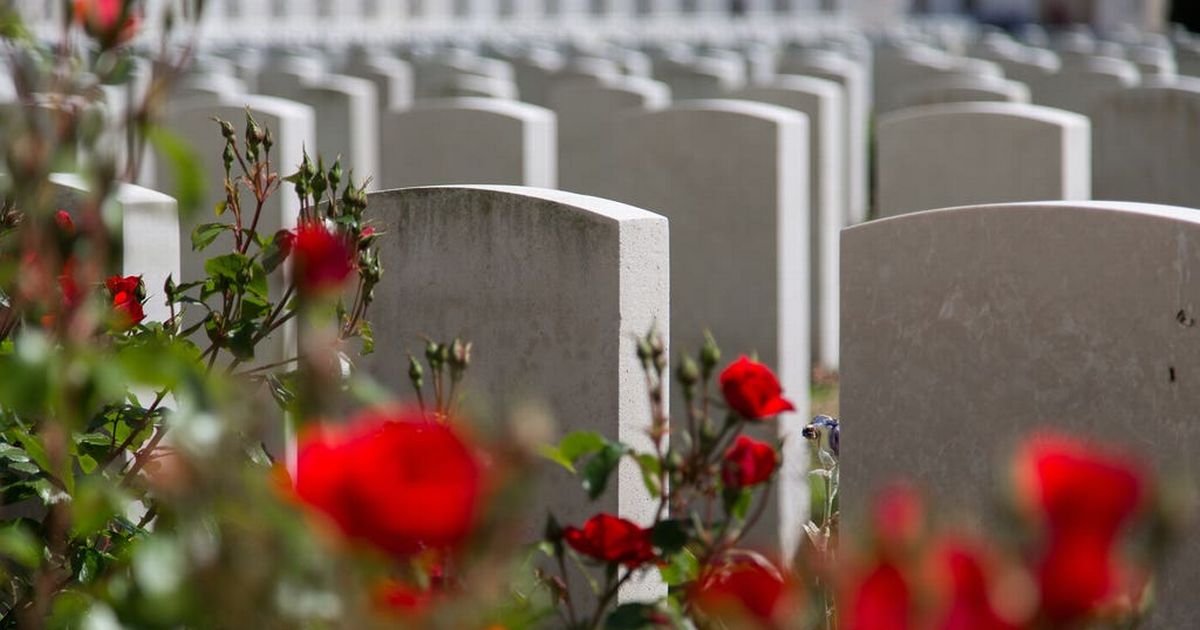[IMG: War Graves Commission]
When the slaughter of the Great War ended in 1918, the nation was left in mourning for a ‘Lost Generation’ of young men. It didn’t take long before girls, who had grown up with the expectation of a future as a wife and mother, realised there simply weren’t enough potential husbands to go round. The census of 1921 showed there were one and three-quarter million of these ‘surplus’ women.
Traditionally, girls had been brought up to think of marriage as the pinnacle of their dreams and they lived in fear of being left ‘on the shelf’. Spinsters were pitied by society and generally impoverished since, even if they were able to find work, they could never earn as much as a man, despite doing the same job. If a girl came from a better-off family ho didn’t approve of working women, her only option might be to remain at home and devote her life to caring for her parents as they aged.
The seeds of change for women had been sown by the suffragettes in the late nineteenth and early twentieth centuries. During the Great War many women stepped up to take over the work of enlisted men and keep the country running. They worked in hospitals, factories, offices and the Post Office. They drove trains and farmed the land. Some discovered that, although the work could be hard or tedious, they enjoyed the satisfaction of proving their worth. This stood them in good stead when, after the war, many realised that they may never have the opportunity of marriage and children.
Professions such as teaching and medicine were becoming possible for women at this time, although they were expected to resign if they married and there were new openings for women in offices, doing the jobs men considered menial, such as typing. A woman’s pay was always less than a man’s. It could be hard to earn sufficient for a truly comfortable life and then there was the fight for the right to claim a pension. On the positive side, single women were able to enjoy a measure of freedom that wasn’t usually granted to their married sisters. Click here to read more about WWI and working women.
I remember two of my great aunts, both childless, who had been widowed in the Great War. Neither married again. One became a draughtswoman and the other a teacher. They lived alone and each apparently enjoyed her independent life. As a child growing up in the 1950s and 1960s, I knew they were different from married women of the same age and I was curious as to how they felt about not having a husband. Now, I wish I’d asked them.
The inter-war decades opened up new opportunities for single women and widows and I began to wonder about the different paths and choices available to them. Although there was heartbreak, for some women the situation was empowering. Suddenly they were free to explore what they really wanted from life when the traditional roles of marriage and motherhood weren’t available.
These surplus women inspired me to write my new series, each a standalone story, about a different WWI widow who pursues a new life and love in Italy. Why Italy? Well, don’t you think a widow deserves a fresh start in one of the most romantic countries in the world?
The first in the series is The Lost Daughter of Venice and is available now in ebook and audio. The paperback will be available on 13th July 2023.
Come to Venice. Please, Phoebe, do not fail me.
Venice, 1919
Seventeen years ago, the grand Venetian Palazzo degli Angeli was Phoebe Wyndham’s home; now, the neglected walls of the palazzo are just a haunting reminder of all she has lost.
Arriving back in Italy after a plea from her estranged relative, the Contessa di Sebastiano, the recently widowed Phoebe is shocked to discover her aunt is dead and the palazzo now belongs to her.
All she wants to do is sell the property and return home. However, when a dark family secret is exposed, the shocking deception rocks Phoebe to her very core, and she vows not to leave the City of Water without first unravelling the truth from the lies.
As Phoebe searches for answers, she finds herself growing closer to two very different men. But, when her camera catches something more sinister than the faded grandeur of Venice, Phoebe begins to question who she can really trust and whether her aunt’s death was truly an accident after all . . .
Buy here




